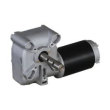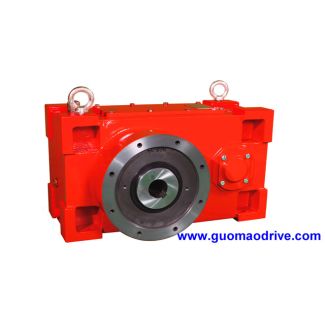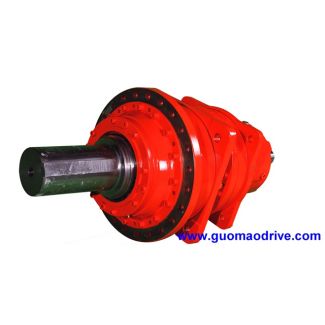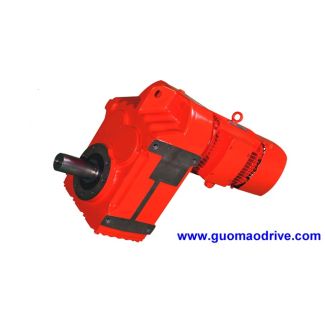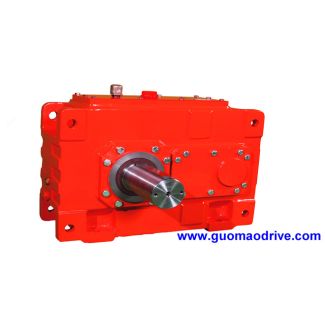n This option does not require forced lubricatio B4-KH-19-D Bevel-helical gear units B4
In stock
SKU
B4-KH-19-D
$145,714.29
Flender/Flender Gear Units/Bevel-helical gear units B4
ust air enerated, separating the solvent almost completely by combination of su er cooling anc?adsorption,and recycling it backintothedegIeasing installation asa partial fkw - pickling them in thevapourphaseinthesecondstep,usingsulphurtrioxide-producedfrom sulphur dioxide in defined quantityand quality- is used as the pickling agent and
partial fkw - pickling them in thevapourphaseinthesecondstep,usingsulphurtrioxide-producedfrom sulphur dioxide in defined quantityand quality- is used as the pickling agent and  ammonia as the stopper. The goal of this method is: 1. to clean organic contaminants, such as grease and oil,
ammonia as the stopper. The goal of this method is: 1. to clean organic contaminants, such as grease and oil,  from the surfaces of parts made of metal, lass and plasticwithout leaving any residue (Le. includin absorbed layers of grease,
from the surfaces of parts made of metal, lass and plasticwithout leaving any residue (Le. includin absorbed layers of grease,  oilsanJsimilar organicsubstanceswhich usuallyadhereverytighy tothesurface),and thus to prepare the surfaces for subsequent adhesion steps, such as bonding, dyeing, painting, metallising, etc.; - to reduce the emissions generated by this type of surface treatment to minimum value; - to integrated this type of surface treatment in automatic production lines; - to reduce energy and chemical consumption as far as possible; - to design the installation in such way that it is also suitable for smaller operations, and to ensure that the investment.costs are.in an affordable range. During all design phases, an effort was made to ensure that onlycommon products were used, such as commercial cooling unit, standard chemicals, such as perchloroethylene, sulphur dio- xide and ammonia, and common materials, such as stainless steel, Teflon and glass. The equi ment involved in the installation was designed and automated in such way that it can also & easily used in smaller companies without specially trained personnel. The operating safety of the installation is guaranteed during pickling with extremely aggres- sive sulphur trioxide, because only small quantities of SO, need to be produced as required, so there is no need to transport and store large quantity of this substance. The overall installation comprises the separately assembled individual components for degreasing, exhaust air
oilsanJsimilar organicsubstanceswhich usuallyadhereverytighy tothesurface),and thus to prepare the surfaces for subsequent adhesion steps, such as bonding, dyeing, painting, metallising, etc.; - to reduce the emissions generated by this type of surface treatment to minimum value; - to integrated this type of surface treatment in automatic production lines; - to reduce energy and chemical consumption as far as possible; - to design the installation in such way that it is also suitable for smaller operations, and to ensure that the investment.costs are.in an affordable range. During all design phases, an effort was made to ensure that onlycommon products were used, such as commercial cooling unit, standard chemicals, such as perchloroethylene, sulphur dio- xide and ammonia, and common materials, such as stainless steel, Teflon and glass. The equi ment involved in the installation was designed and automated in such way that it can also & easily used in smaller companies without specially trained personnel. The operating safety of the installation is guaranteed during pickling with extremely aggres- sive sulphur trioxide, because only small quantities of SO, need to be produced as required, so there is no need to transport and store large quantity of this substance. The overall installation comprises the separately assembled individual components for degreasing, exhaust air| Model Type | Bevel-helical gear units B4 |
|---|---|
| Gear Type | Bevel Helical Gear |
| Weight (kg) | 6800.000000 |
| Ratio Range | 1 : 80…315 |
| Low Speed Output | Hollow shaft with spline acc. to DIN 5480 |
| Nominal Torque | 300000 Nm |
| Mounting Arrangements | Horizontal mounting position |
| Manufacturer | Flender Limited. |
| Country of Manufacture | Marshall Islands |
| Data Sheet & Drawings | n This option does not require forced lubricatio B4-KH-19-D Bevel-helical gear units B4 |





